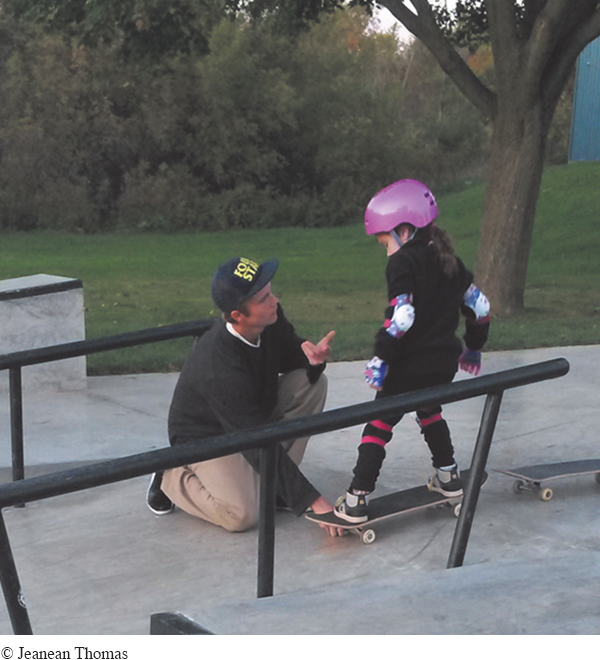Prejudice
As the section on forming impressions in Chapter 2 explains (pp. 51–52), stereotypes are a way to categorize people into a social group and then evaluate them based on information you have related to this group. Stereotypes play a big part in how you form impressions about others during the perception process. This is especially true for racial and gender characteristics, since they are among the things you notice first when encountering others. But when stereotypes reflect rigid attitudes toward groups and their members, they become prejudice (Ramasubramanian, 2010).
95
The story of how six-

Because prejudice is rooted in stereotypes, it can vary depending on whether those stereotypes are positive or negative. According to the Stereotype Content Model (Fiske, Cuddy, Glick, & Xu, 2002), prejudice centers on two judgments made about others: how warm and friendly they are, and how competent they are. These judgments create two possible kinds of prejudice: benevolent and hostile.
Benevolent Prejudice. Benevolent prejudice occurs when people think of a particular group as inferior but also friendly and competent. For instance, someone judges a group as “primitive,” “helpless,” and “ignorant” but attributes their “inferiority” to forces beyond their control, such as lack of education, technology, or wealth (Ramasubramanian, 2010). Thus, although the group is thought of negatively, it also triggers feelings of sympathy (Fiske et al., 2002). People engaging in benevolent prejudice might think that members of a group of people are “inferior” but could improve themselves “if only they knew better.”
96
Hostile Prejudice. Hostile prejudice happens when people have negative attitudes toward a group of individuals whom they see as unfriendly and incompetent (Fiske et al., 2002). Someone demonstrating hostile prejudice might see the group’s supposed incompetence as intrinsic to the people: “They’re naturally lazy,” “They’re all crazy zealots,” or “They’re mean and violent.” People exhibiting hostile prejudice often also believe that the group has received many opportunities to improve (“They’ve been given so much”) but that their innate limitations hold them back (“They’ve done nothing but waste every break that’s been given to them”).
Overcoming Prejudice. Prejudice, no matter what form, is destructive and unethical. Benevolent prejudice leads to condescending and disrespectful communication. Hostile prejudice is the root of every exclusionary “ism”: racism, sexism, ageism, classism, ableism, and so on.
The root of prejudice is deeply held negative beliefs about particular groups (Ramasubramanian, 2010). If you think you have prejudiced beliefs, your communication skills can help you confront them and permanently give them up. Use the perception-
On the other hand, if you’ve been on the receiving end of prejudice, try not to generalize your experience with that one person (or persons) to all members of the same group. Just because someone of a certain age, gender, ethnicity, or cultural group behaves badly doesn’t mean that all members of that group do. One of the bitter ironies of prejudice is that it often triggers a reaction of prejudice in the people who have been unfairly treated. This is not to excuse the prejudice or poor communication of others but to help you avoid adding to the vicious cycle of prejudicial communication.